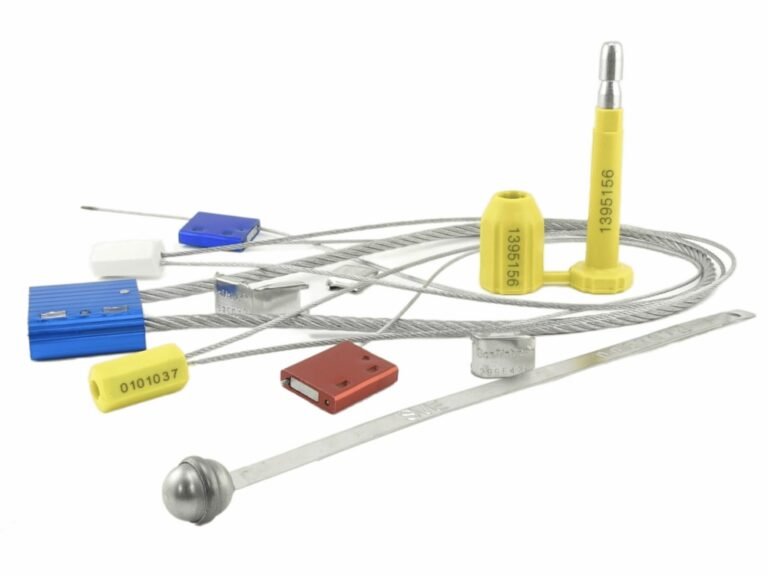Choosing the wrong security seal for your cargo? This simple mistake can lead to either wasting thousands on over-engineered solutions or leaving your high-value goods disastrously exposed to theft.
The right choice isn't about which seal is "strongest." It's about matching the tool to the job. Plastic seals offer tamper evidence, while cable and bolt seals provide varying levels of high-security physical barriers, each designed for specific risks.
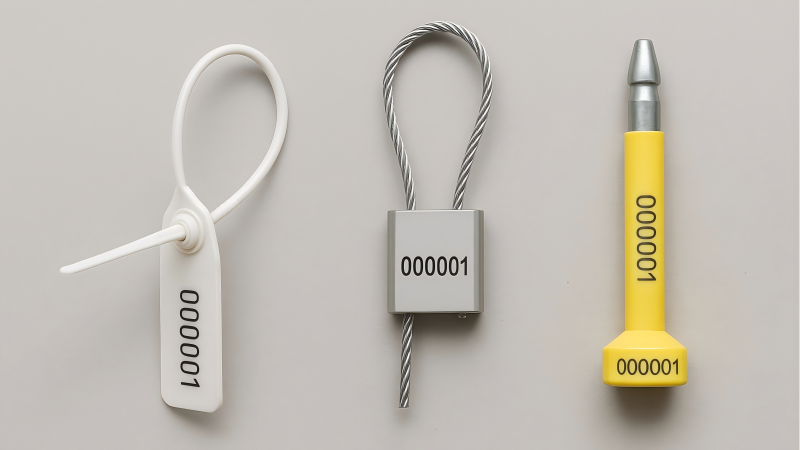
One of the biggest mistakes I see new buyers make is asking, "Which seal is the best?" This is the wrong question. It’s like a carpenter asking, "Which tool is best, a hammer or a screwdriver?" The answer, of course, is that they are both excellent tools for completely different jobs. Bolt seals, cable seals, and plastic seals are not a simple "good, better, best" sequence. They are three distinct tools for three different security problems. A smart buyer learns to stop asking "Which is strongest?" and starts asking "What is my problem?" My job is to help you diagnose that problem correctly.
First, Understanding the Security Rating Benchmark?
How can you be sure a seal's strength isn't just a marketing claim? Without a common, objective standard, comparing the security of different seals becomes a guessing game based on promises.
The global benchmark is ISO 17712. This international standard provides a clear, testable classification for seal strength, categorizing them as Indicative (I), Security (S), or High-Security (H), ensuring a reliable measure of their physical barrier capacity.
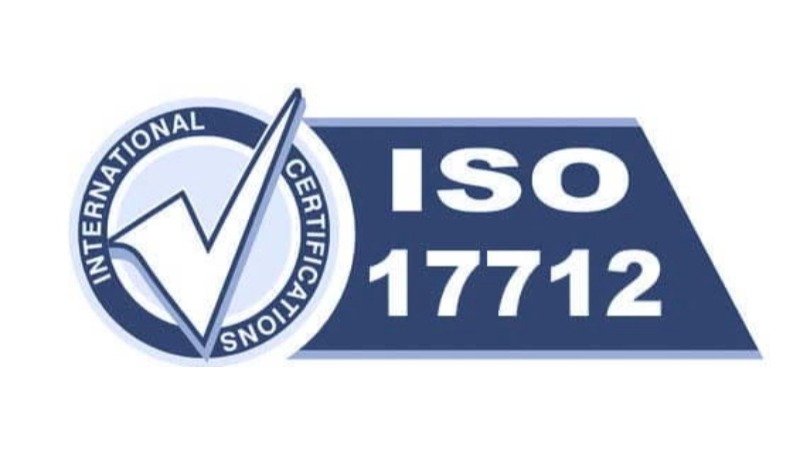
Before we can compare tools, we must first understand the ruler we're using to measure them. In the world of security seals, that ruler is the ISO 17712 standard. This isn't a company-specific rating; it's a rigorous, independent set of tests that a seal must pass to earn its classification. Think of it as a professional certification. To achieve the top "H" for High-Security, a seal is subjected to brutal lab tests measuring its resistance to tensile pull, shear cutting, and impact forces. This standard is what separates a true high-security barrier from a simple indicative device. It’s the foundational knowledge a professional buyer needs to make an informed, defensible purchasing decision.
Mapping Seal Types to Their Corresponding Security Levels?
Now that we know the standard, where do these common seal types fit in? It's confusing to see a plastic seal and a giant bolt seal both called "security seals" when their functions are worlds apart.
It's simple: Plastic Seals are almost always 'Indicative'. Cable Seals can be 'Security' or 'High-Security' depending on cable diameter. Bolt Seals are designed from the ground up to be 'High-Security' barriers.
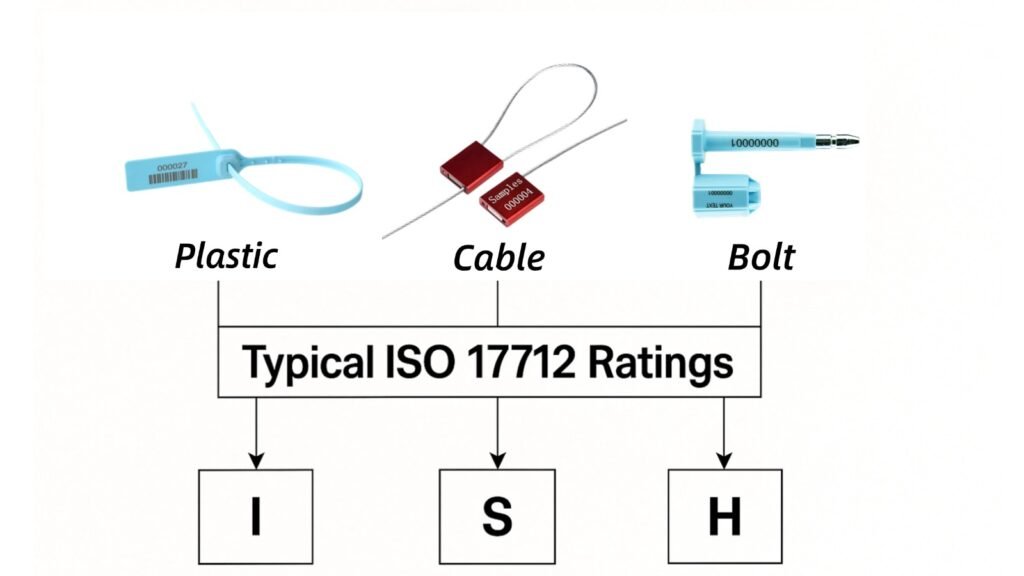
Let's diagnose the tool's intended purpose by mapping them to this objective standard.
- Plastic Seals (Indicative - "I" Class): Their job is to be a witness, not a barrier. They are designed to provide clear evidence of tampering (hence "indicative"), but offer minimal physical resistance. They are the tool for an information problem.
- Cable Seals (Security - "S" or High-Security - "H" Class): These are versatile tools. A thinner cable (e.g., 1.5mm) might be rated as a Security seal, offering a moderate barrier. A thicker cable (e.g., 3.5mm or 5.0mm) can pass the vigorous tests to be rated as a High-Security seal. The problem they solve is securing things that have misaligned or uniquely shaped locking points.
- Bolt Seals (High-Security - "H" Class): These are the specialized heavy-duty tools. They are engineered with a singular purpose: to create a rigid, formidable physical barrier that meets the highest ISO 17712 requirements. They are the solution for a brute-force security problem.
The Comparison Chart: Strength, Application, and Cost at a Glance?
How do these tools stack up in a direct, side-by-side comparison? You need a clear, easy way to see the trade-offs between strength, cost, and ideal use case without getting lost in technical jargon.
As a buyer, this is your quick-reference diagnostic guide. I've helped hundreds of clients make the right choice by walking them through a simple analysis like this. The goal is to match the tool's capability and cost directly to the problem you are trying to solve. Using a $1.50 bolt seal where a $0.20 plastic seal would suffice is a classic sign of an incorrect diagnosis. This chart helps prevent that.
| Feature | Plastic Seals | Cable Seals | Bolt Seals |
|---|---|---|---|
| ISO 17712 Rating | Indicative (I) | Security (S) or High-Security (H) | High-Security (H) |
| Primary Goal | Tamper Evidence (Information) | Barrier & Versatility | Maximum Barrier |
| Material | Polypropylene / Nylon | Steel Cable, Aluminum Body | Hardened Steel, ABS Plastic |
| Removal Method | By hand or simple cutters | Cable Cutters | Bolt Cutters (High Power) |
| Ideal Application | First-aid kits, totes, fire ext. | Trucks, tankers, valves | All ISO freight containers |
| Relative Cost | $ (Lowest) | $$ (Medium) | $$$ (Highest) |
Key Differentiators: A Bolt Seal's Rigid Barrier vs. a Cable Seal's Flexibility?
On paper, both heavy-duty cable seals and bolt seals can be "High-Security." So what's the real-world difference, and why would you choose one over the other for a high-risk shipment?
A Bolt Seal provides a rigid, fixed-length barrier, perfect for the standardized hasps on an ISO container. A Cable Seal provides a flexible, adjustable barrier, ideal for securing irregular openings like on a tanker truck's valve assembly.
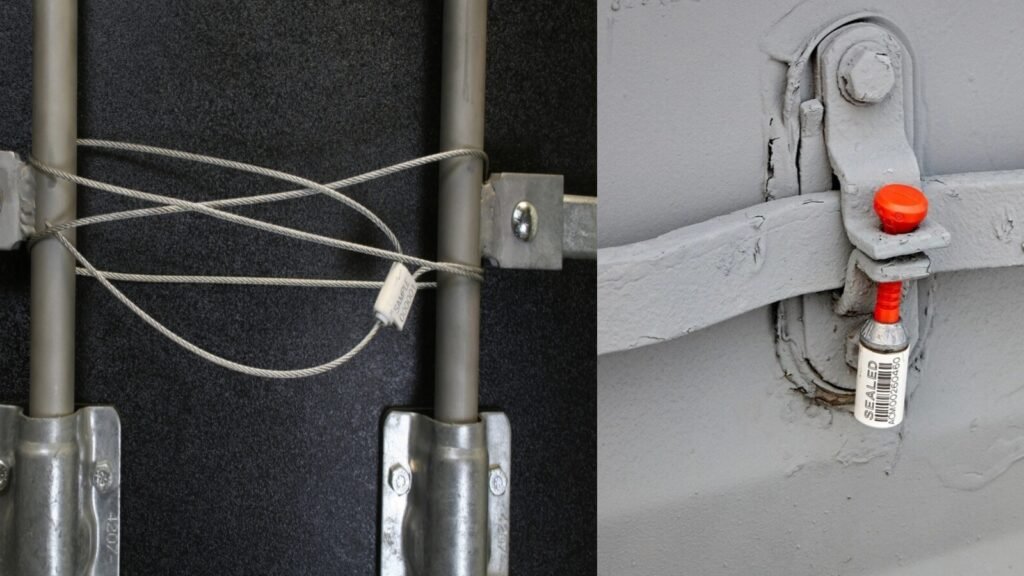
This is where a master craftsman truly understands their tools. Both can be "strong," but they solve different physical problems.
- The Bolt Seal's Role: Think of a bolt seal as a solid steel deadbolt for a standard door. It fits perfectly, offers immense resistance to shear and impact attacks, and is the universally accepted tool for international freight containers under programs like C-TPAT. Its rigidity is its strength in this standardized application.
- The Cable Seal's Role: Think of a cable seal as a high-tensile security chain. You can snake it through multiple, misaligned locking points or cinch it down tight on something that a rigid bolt could never fit. It solves the problem of "how do I secure this awkwardly shaped but critical valve?" Its flexibility is its strength, allowing it to adapt to non-standard security challenges where a bolt seal simply would not work.
Making the Final Choice: Matching the Right Seal to Your Cargo?
So, how do you put all this information together to make the final, confident choice for every shipment? It's about running through a simple diagnostic checklist before you ever reach for a tool.
The right seal is found by answering three questions:
1. What am I securing?
2. What is the risk level?
3. What is my goal—information or barrier?
The answers will point directly to the correct tool.
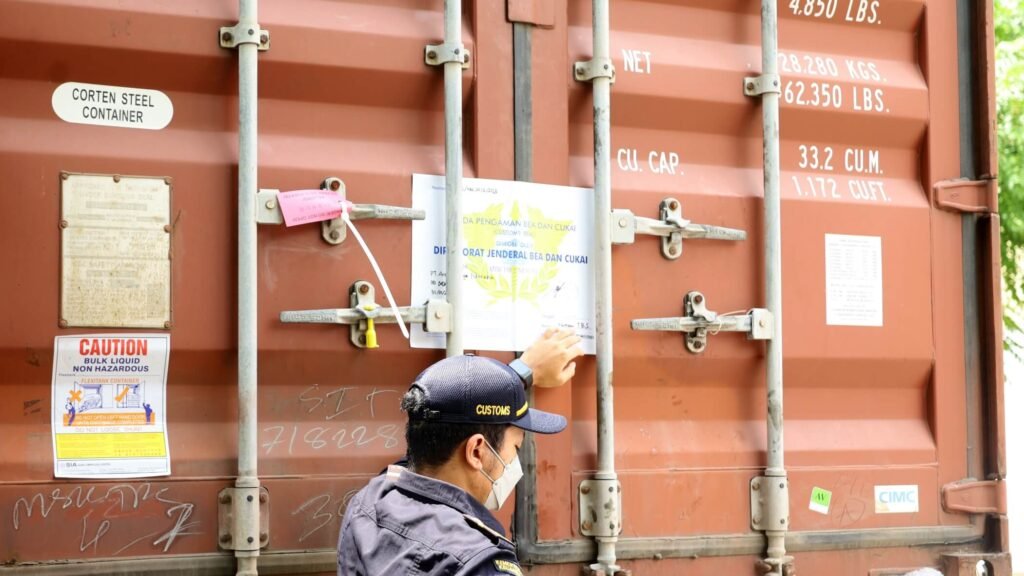
Let’s run a final diagnosis. Before your next shipment, ask these questions:
What is the "patient"?
Is it an international freight container with standard locking bars? Or an internal tote bin? Or a tanker truck hatch? The physical nature of what you're sealing is the first clue.What is the risk?
Is this a $500,000 shipment of electronics going through a high-theft port? Or a $500 transfer of supplies between two of your own secure warehouses? Quantify the risk.What is the security objective?
Do you need to stop a determined criminal with bolt cutters (a barrier problem)? Or do you just need to ensure no one has peeked inside the box since it left your facility (an information problem)?
If your answers are "Container, high risk, barrier," the tool is a Bolt Seal. If they are "Valves, high risk, barrier," the tool is a High-Security Cable Seal. If they are "Tote bin, low risk, information," the tool is a Plastic Seal. It's that simple, once you learn to ask the right questions.
Conclusion
Stop looking for the "strongest" seal and start diagnosing your security problem. By understanding your cargo, risk, and goal, you can confidently select the right specialized tool—be it plastic, cable, or bolt—for the job.
Find the Right Tool for Your Security Problem
At ProtegoSeal, we have a complete toolbox of plastic, cable, and bolt seals. More importantly, we can help you diagnose your needs to ensure you get the perfect solution. Contact me for a professional consultation.

